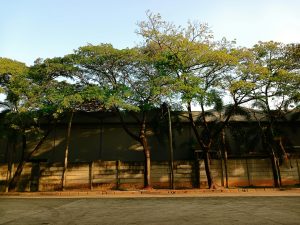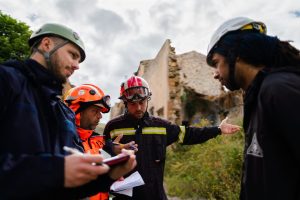The Future of Educational Technology: Beyond Digital Classrooms
The world of education has changed drastically over the past few decades with the advent of technology. Digital classrooms have become the norm, with students and teachers using different devices and tools to facilitate learning. However, the future of educational technology goes beyond just digital classrooms. It is a future where education is personalized, interactive, and accessible to all, with technology playing a crucial role in achieving these goals. Let’s delve deeper into the future of educational technology and explore the possibilities it holds for the students of tomorrow.
The Rise of Personalized Learning
What is personalized learning?
Personalized learning is an approach to education that tailors the learning experience to the individual needs and interests of students. It recognizes that each student has a unique set of abilities, learning styles, and interests, and aims to provide them with a learning experience that caters to their specific needs. With the help of technology, personalized learning is set to revolutionize the traditional one-size-fits-all approach to education.
How will technology enable personalized learning?
Technology is making personalized learning possible by providing tools that can gather data on students’ learning preferences, progress, and areas of strengths and weaknesses. This data can then be used to create a customized learning plan for each student, ensuring they receive the necessary support and resources to achieve their full potential. Such tools include adaptive learning software, which adjusts the difficulty level and pace of lessons based on student performance, and learning management systems that track student progress and provide real-time feedback.
Interactive Learning through Immersive Technologies
What are immersive technologies?
Immersive technologies, such as virtual reality (VR) and augmented reality (AR), are transforming the learning experience by providing students with interactive and engaging ways to learn. VR can transport students to different environments, eras, and scenarios, allowing them to experience firsthand what they are learning about. AR, on the other hand, overlays digital elements onto the real world, creating an interactive and visual learning experience.
How are immersive technologies being used in education?
Immersive technologies are being used in a variety of ways in education. For instance, medical students can use VR to practice surgical procedures in a safe and controlled environment. History students can visit ancient ruins or famous battlefields through VR, while chemistry students can conduct virtual experiments without the risk of accidents. AR is also being used to enhance the learning experience, with textbooks and other learning materials incorporating AR elements to make the content more interactive and engaging.
Breaking Barriers with Accessible Learning
What is accessible learning?
Accessible learning is an approach that aims to make education accessible to all, regardless of their physical, cognitive, or learning abilities. It ensures that students with disabilities or learning difficulties have the necessary support and resources to participate fully in the learning process.
How is technology making learning accessible?
Technology is breaking barriers in education by providing tools and resources that cater to the needs of students with disabilities. For instance, text-to-speech and speech-to-text software can help students with visual impairments or those who struggle with reading and writing. Similarly, digital textbooks and audio books can assist students with dyslexia or other learning difficulties. Technology is also making learning more accessible for students in remote or underprivileged areas, with online learning platforms and open educational resources providing flexible and affordable learning options.
The Future is Here
The advancements in educational technology have opened up a world of possibilities for the future of education. With the rise of personalized learning, interactive technologies, and accessible learning, the future of education is set to be more inclusive, engaging, and innovative. However, it is crucial to use these technologies responsibly, keeping in mind the well-being and safety of students. The future of educational technology is exciting, and as we move towards it, we must ensure that we use these tools to create a better, brighter future for the students of tomorrow.











